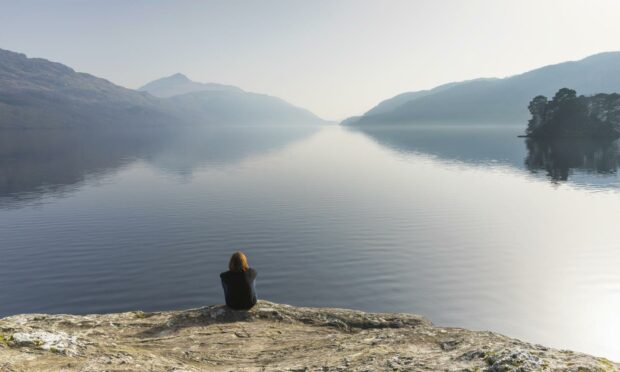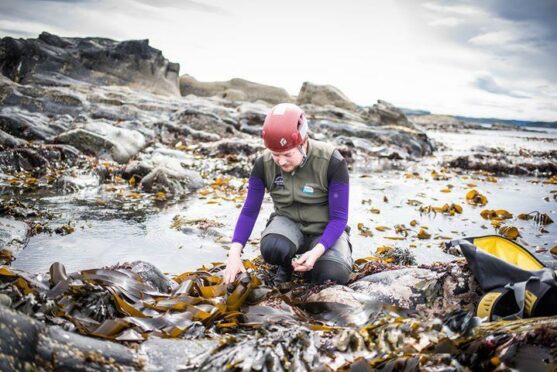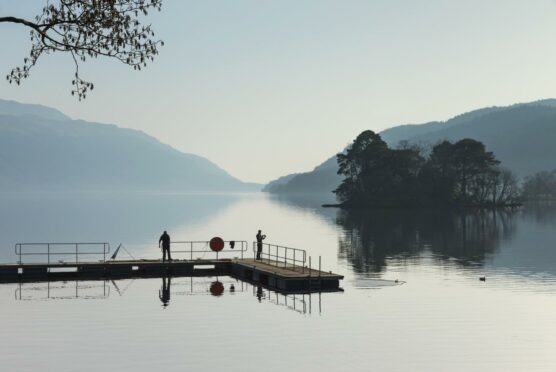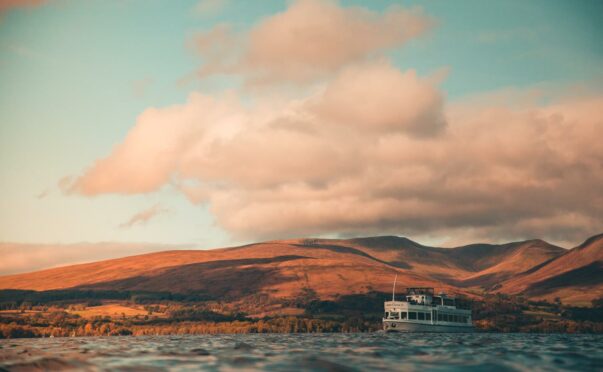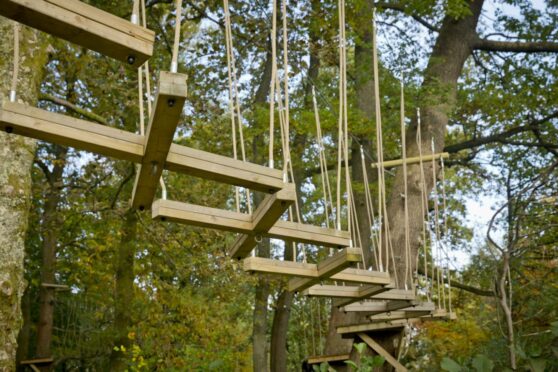Seaweed pudding served up on the sunlit shores of classy Helensburgh rounded off a perfect introduction to foraging.
My family have been big fans of the dried version following trips to Japan and Korea and Ruaridh, 14, and Flossie, 11, can often be found experimenting with homemade snacks.
But to pick, cook and eat fresh seaweed was taking us to a higher level and we needed some expert advice. Marine biologist Duncan Smallman is seaweed mad and so the perfect man to guide us.
Born in Japan, Duncan has loved seaweed from an early age and now based in Argyll and Bute, he has launched Slate Island Seaweeds, which offers an introduction to foraging and is a must to ensure you are not only safe when you eat, but also responsible when you collect.
The children and I spent a happy two hours on the rocky shore by Helensburgh pier, an ideal spot to see some of the 650 species which currently grow in the British Isles, and it was great fun, not only discovering what feasts lie in the sea, but to then pick and cook them.
The pudding’s main ingredient was Carrageen moss, a light red seaweed which when added to a milk pudding acts as a thickening agent, and topped with fruit is delicious, as is sea cabbage, a nice green seaweed which works well with cream cheese.
Sugar kelp was my favourite; simply crisping it up under a grill turns it into a tasty snack. And Ruaridh and Flossie were particularly taken with the sea squirts which grow on top of seaweed and can be used as mini water pistols.
The foraging is just one of many new adventures which are popping up in and around Loch Lomond and The Trossachs National Park, one of Scotland’s most visited places, as people diversify and take on new challenges.
We based ourselves at Auchenheglish Lodges in Arden for a three-night stay. Right on the shores of the bonnie banks of Loch Lomond, the luxury accommodation not only has a fabulous view of the water, but great facilities too.
Housed in the grade B listed 18th Century Lomond Castle, our apartment The Pipers was ideal, with all the mod cons for a comfortable and peaceful stay and set in lovely gardens, it really couldn’t be faulted.
The lodges are ideally located for visiting the area and a welcome pack including all the essentials, plus wine, is a nice touch to greet you on arrival.
Being in one of Scotland’s most beautiful spots means lots of outdoor activities, and with 22.6 miles of water, Loch Lomond has many activities on offer for everyone to enjoy.
For Ruaridh and Flossie, that meant getting poor old mum up and out paddle boarding. We headed to the watersports centre at Ardlui Marina and spent a lovely, if very wet, hour honing our skills.
The children are a dab hand at the sport, so it was easy for them, but it took me quite a while to get my creaking knees up and going.
Wherever you go in these parts, water and fabulous scenery is not far away and a five-minute drive from the lodge to Balloch is not only home to retail therapy, but also to the Sweeney Cruise Company which offers a range of trips up and down the loch.
We opted for a two-hour circular cruise which allowed us to plod gently down the water and enjoy such sights as the famous Loch Lomond golf club and sailing through small islands, where the Highlands meet the Lowlands and past the lovely village of Luss.
Back on dry land and it was time for more adventure and a shot at TreeZone, a high-rope, zip-wire swing through the forests, with fabulous views of the shoreline.
This 90-minute challenge gets the adrenaline pumping and tests not only your balance and agility, but also pushes the fear factor to the limit as parts of the course are quite tricky, but the long zip-wire at the end is worth all the stress.
A short drive from Loch Lomond takes you to Balfron, which claims to be Scotland’s first gaslit town. But these days, it is more famous for its haggis hunting!
Enthusiasts Lee Rooney and Stephen Brown are mad about the national dish and tucked away on a working farm, they have taken agri-tourism by the horns.
The Haggis Experience is just that, haggis, haggis and more haggis. And it’s fascinating. Not only do you discover the history of this simple dish, but you get a chance to make one yourselves, using the chef’s secret ingredient, and then to top it all off, there is a tasty dish of haggis, neeps and tatties to round off your visit, with a vegetarian option for non-meat-eaters.
It’s wonderful to see this part of Scotland use its natural assets to create fantastic activities for everyone to enjoy, and you are guaranteed a good night’s sleep after all that exploring.
